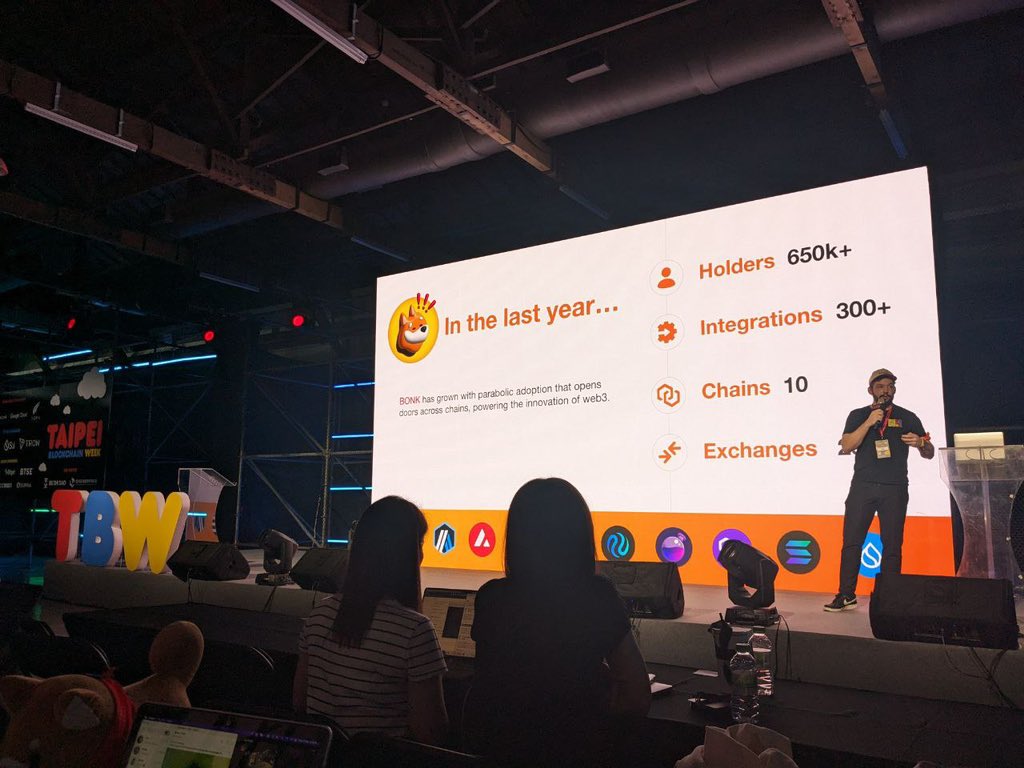Customer experience examples that create value

According to McKinsey, organizations that deliver exceptional customer experience (CX) can increase sales revenue by 2-7% and profitability by 1-2%. This is not surprising. Focusing on good CX can increase customer satisfaction, drive more meaningful customer interactions, and ultimately increase sales and customer retention. Therefore, more and more organizations are looking to successful customer experience stories for inspiration and increased commitment to their CX strategies. Their goal is to create memorable customer experiences through e-commerce channels or stores. Fortunately, customer-centric organizations have a wealth of tools, examples, and use cases to meet the growing needs of today’s customers.
Read more: Key Components of a Successful Customer Experience Strategy
Great customer experience practices that drive value
Here are some of the best customer experience practices that organizations of all sizes can consider adopting.
Invest in customer onboarding
How an organization initiates CX has a huge impact on its customers’ overall user experience. It’s important to meet your customers’ needs from day one through an emotional connection.
First, organizations put customers’ interests first when creating marketing strategies. For example, an organization can make it easier for potential customers to learn about available solutions so they can decide whether to purchase the solution.
The right flow of messaging, tutorials, and feedback requests is a great way to understand how customers use your organization’s products and alleviate any initial issues. After a purchase, an organization can send a welcome message and thank the customer for their choice. You can then send them relevant guidance or tutorials to help them get the most value out of your product. Next, you can ask for feedback or ask if the user needs support. Lastly, you can also offer discounts on accessories or new products.
Use customer data to improve relationships with your customer base
It’s true that customers are becoming increasingly aware and concerned about the data their organizations hold. But there are some great ways organizations can use that information to deliver great customer experiences. Asking your customers for information about their interests and demographics can help you create a personalized experience.
For example, a retailer might offer a discount or free item on a customer’s birthday. Alternatively, experience providers can limit marketing emails to events in an individual’s local area to minimize unnecessary offers. These experiences can often be accomplished through automated and personalized emails powered by a modern customer relationship management (CRM) platform.
Create customer loyalty rewards
It costs an organization more to attract new customers than to retain the customers it currently has. One way to increase customer retention and create happy customers is to reward customers for repeat purchases.
For example, a retailer could reduce churn by offering a 10% discount on every purchase. You can also ask for customer feedback on what benefits and rewards best meet customer needs, such as unique products or experiences available only to a select few. Organizations that do this are likely to benefit from an increase in the overall lifetime value of their loyal customers. Additionally, an organization’s Net Promoter Score (NPS), which determines whether an individual recommends a product to a group of peers, is also likely to increase.
Participate in transparent pricing
Organizations often use data-driven analytics to identify precise price points that drive profitability. However, you should be as honest as possible with your customers about the price you charge and why you charge it. Customers absolutely hate feeling like they have been tricked or tricked into thinking the price is cheaper than it actually is. At a minimum, an organization must meet customer expectations by providing the exact price customers expect to pay. Organizations can do this by advertising their prices online, including any additional costs.
Organizations that don’t sell directly online can help customers find cheaper places to sell their products. In healthcare, organizations can do this by providing itemized bills to patients. And financial services organizations can demonstrate how the fees they charge drive greater profits for their customers. Event planners can show how much tickets cost upfront compared to adding convenience fees and other costs at the checkout screen.
Build a strong and efficient customer support function
Alleviating customer pain points through a great customer service experience and a strong contact center is a critical component of delivering a better customer experience. Customers hate talking to customer service representatives who don’t have the authority to resolve their issues or have the appropriate resources for real-time resolution. They should do things like create a simple return policy. This frees up your customer service team to resolve customer issues, such as offering refunds, discounts, or replacements.
Fortunately, technologies like artificial intelligence (AI) and machine learning (ML) are making it easier for employees to answer customer questions. Additionally, your customer support team needs a structure in place to route requests to the appropriate representatives as efficiently as possible. Doing so will eliminate the possibility of negative word-of-mouth from existing customers.
Deliver great digital experiences
Customers are increasingly comfortable interacting with organizations and making purchases online. Organizations must therefore meet customer needs across the entire customer journey, including the entire omnichannel experience.
From self-service mobile apps to AI chatbots, organizations are using digital transformation initiatives to adapt to changing customer behavior. Digital experiences can transform customer experience management across multiple touchpoints. Digital experiences can improve customer engagement by making it easier to reach customers through social media or newsletters and allowing them to provide feedback.
Customer experience, a worthwhile investment
Providing a positive customer experience can be a competitive advantage. IBM has been helping companies apply trustworthy AI in this space for over a decade. Generative AI has the added potential to significantly transform customer and field service through its ability to understand complex questions and generate more human-like conversational responses.
IBM helps you put your customer experience strategy at the center of your business and turn it into a competitive advantage. With deep expertise in customer journey mapping and design, platform implementation, and data and AI consulting, IBM Consulting helps you leverage best-in-class technologies to drive innovation across the customer lifecycle. These end-to-end consulting solutions cover marketing, commerce, sales, and service.
Explore customer experience consulting services
Was this article helpful?
yesno


-(1)1.png)
